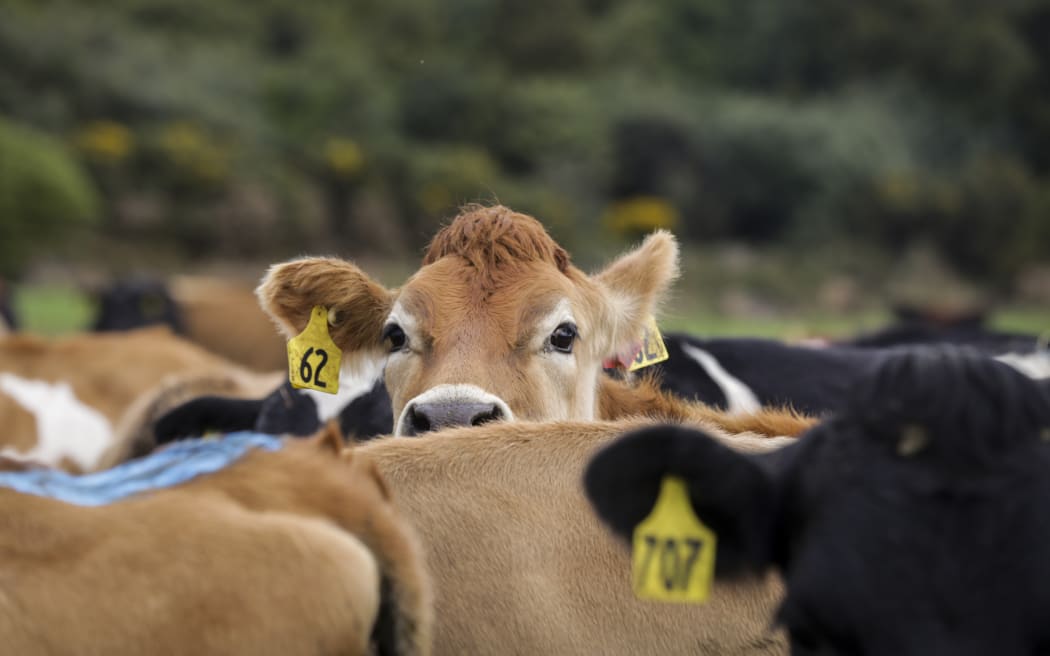Lower prices for key commodities behind a forecast dip in primary industry export revenue


Dairy revenue is set to fall seven percent.
Photo: RNZ / Rebekah Parsons-King
Lower prices for some of our key commodities are behind a forecast dip in primary industry export revenue.
The Ministry of Primary Industries is releasing its latest Situation and Outlook for the Primary Industries report at Fieldays Thursday morning.
It shows food and fibre export revenue is expected to be $54.6 billion in the year to June – a five percent drop on the year before.
Dairy revenue is set to fall seven percent to $24.2 billion in the year to 30 June, due to lower global dairy prices.
Meat and wool exports are forecast to drop 6 percent to $11.4 billion, reflecting a fall in export prices.
Sheep meat prices in particular have been struggling over the last year due to a dip in consumer demand combined with higher global red meat production.
Lower production and demand for processed wood products is resulting in a 7 percent decrease in forestry export revenue to $5.9 billion.
MPI director general Ray Smith said while we were seeing temporary dips in some sectors, the outlook was positive, and there continues to be strong demand for our high-quality food and fibre.
“This dip of 5 percent from the previous year’s record of $57.4 billion is driven by prices and revenue for many exports correcting in 2023/24, reflecting the cyclical nature of commodity markets with slower global growth, specifically in our key export market China.
“We are expecting sustained growth in overall food and fibre export revenue reaching a record of $66.6 billion in the year to 30 June 2028.”
Global trade was forecast to bounce back following economic and other shocks such as the pandemic with export orders already indicating improved conditions for trade in early 2024, Smith said.
“There are also early signs that China’s economy is strengthening, and a stronger USD is supporting
New Zealand’s food and fibre sector export.”
It hadn’t been all bad this year – some parts of the sector have seen decent growth.
High export prices, robust demand, and tight global supply are driving a forecast 5 percent increase in seafood export revenue, which was expected to increase 5 percent to reach $2.2 billion in the year to 30.
Arable export revenue was set to rise by an impressive 12 percent reaching $310 million thanks to favourable growing conditions and good harvests.
While honey export revenue was expected to grow by 11 per cent to $420 million driven by higher export prices and volumes of monofloral mānuka honey.





